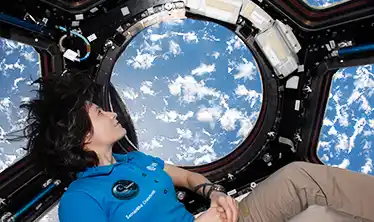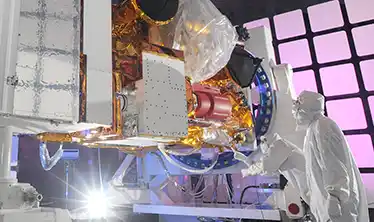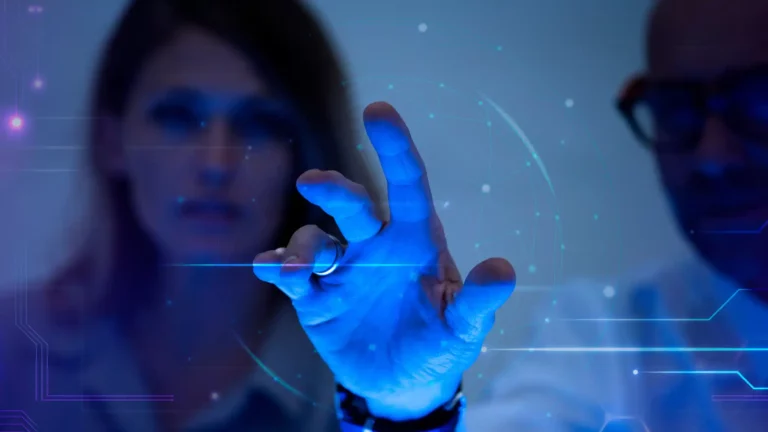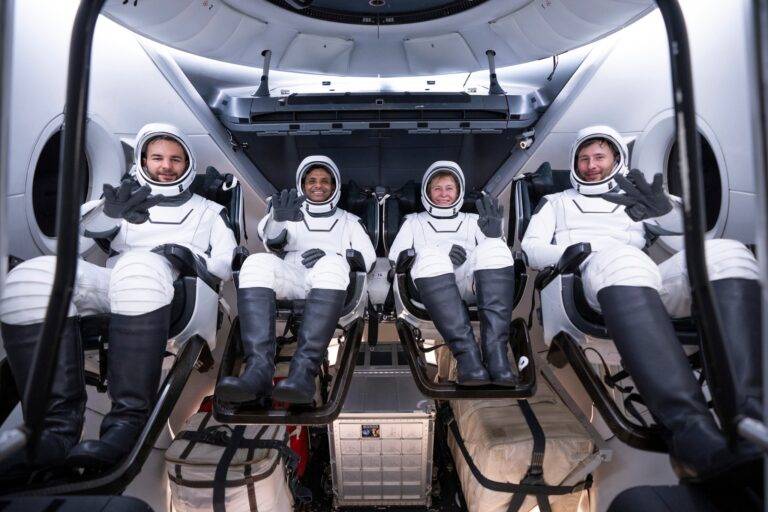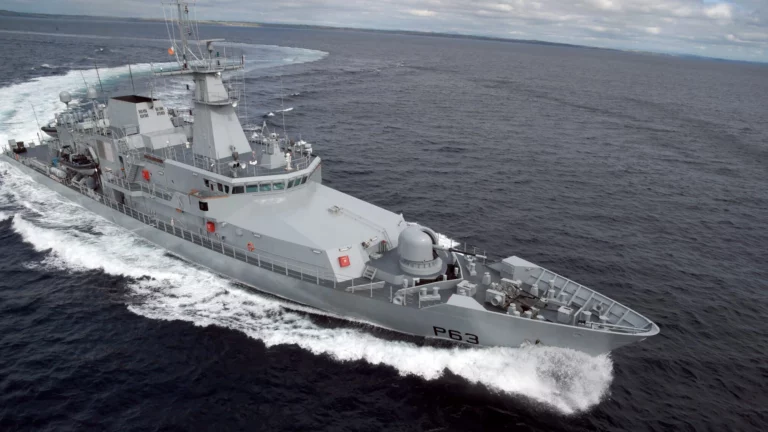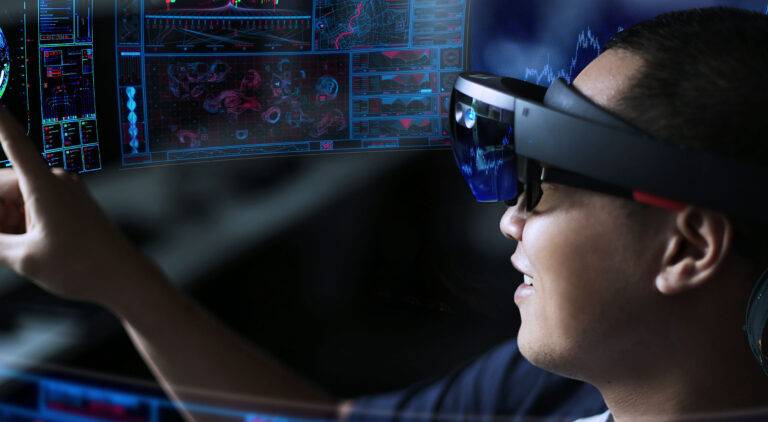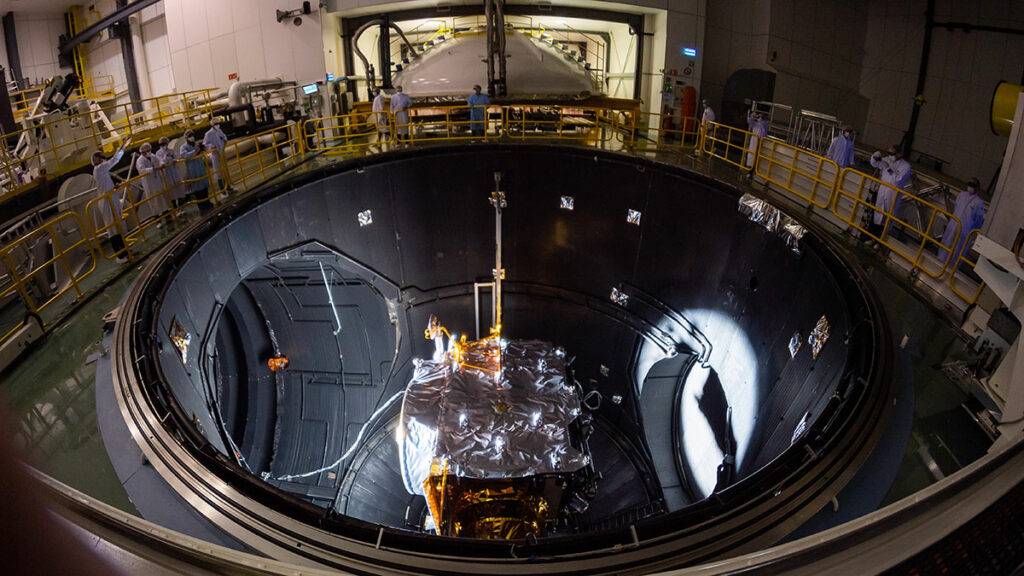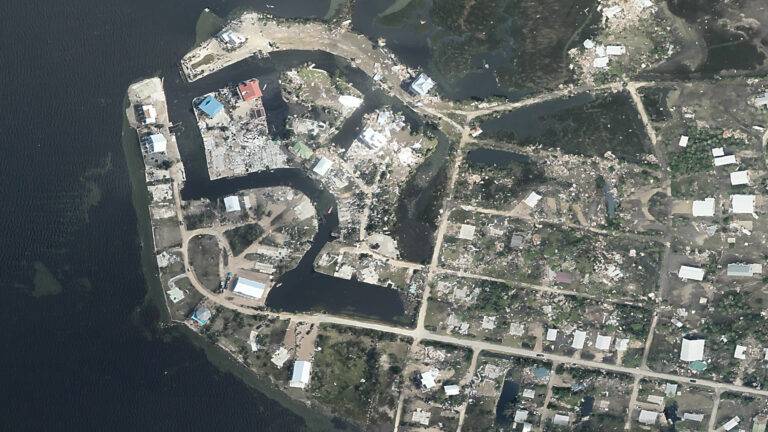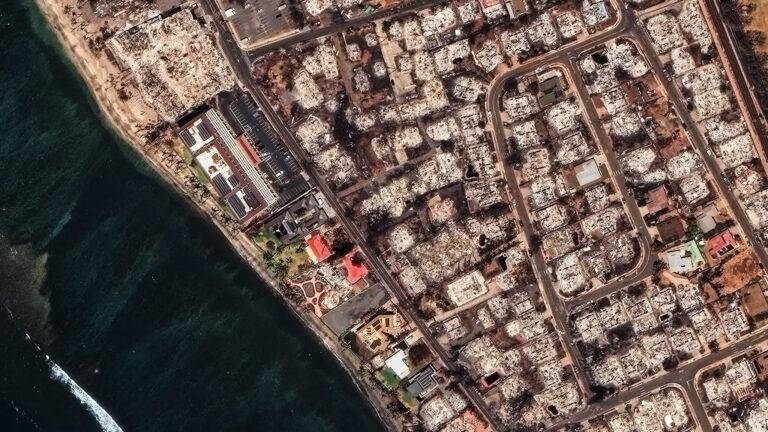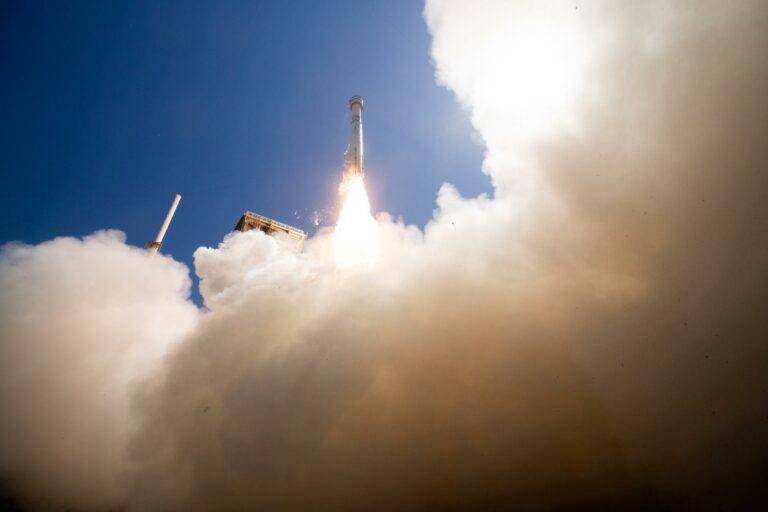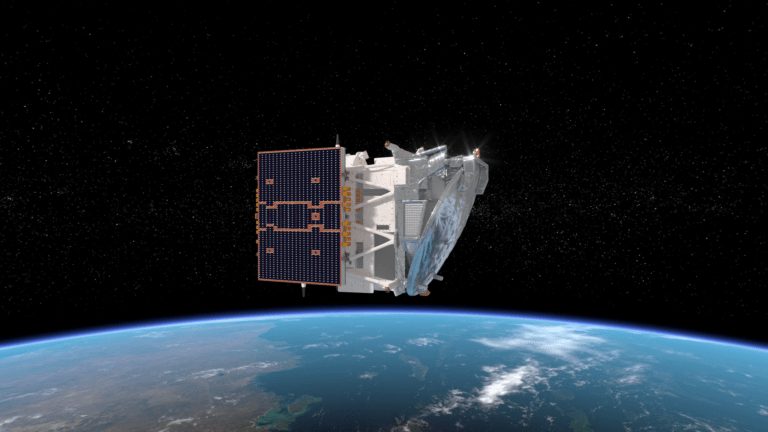The Mission
Skytek Partnership
During this test campaign, Skytek’s AR technology was used within the ESA AIT test facility to support AIT engineers operate and configure the JUICE NDIU equipment. Operators performed tasks on the NDIU equipment guided by the AR application deployed on a HoloLens 2 device. Individual NDIU elements are highlighted within the AR environment with supporting AIT instructions explaining the NDIU detailed configuration steps. AIT testing using the AR application for the JUICE spacecraft currently continue at the ESA ESTEC facility.
“Building upon Skytek’s technical expertise in the provision of procedural support system such as IPV Tablet, used daily by the crew on the ISS, and extending the technology to use augmented reality clearly demonstrates how the integration of the latest technology can provide real measurable advantages to end users. The ability to see operator instructions on screen, combined with equipment telemetry and having a ‘virtual assistant’ that maps the real world and can visually interact with AIT equipment provides the benefits of an improvement in safety while also increasing operator accuracy and efficiency” said Paul Kiernan, CTO of Skytek.
Upon completion of testing the spacecraft will head for Airbus in Toulouse for flight configuration assembly and final environmental tests including electromagnetic compatibility (EMC), mechanical, deployment, and propulsion, later this year. Finally, the spacecraft will be shipped to the launch site in Kourou, French Guiana.
“This is another exciting project to support and could lead to some of the most fascinating discoveries in humankind. Skytek’s Augmented Reality (AR) Technology will allow Test Engineers to be virtually immersed in the spacecraft, virtually implementing the procedures, and operating as if they were physically inside the mission. This simulation of the real-world environment supports the engineers to run more efficient testing campaigns for the several procedures they need to perform at the AIT stage. This is exactly what this fast-paced Space environment needs right now, to cope with this ever-increasing speed and users’ expectations” said Rita Malosti, Skytek’s Head of Space Activities.
Further Reading: ESA latest news
